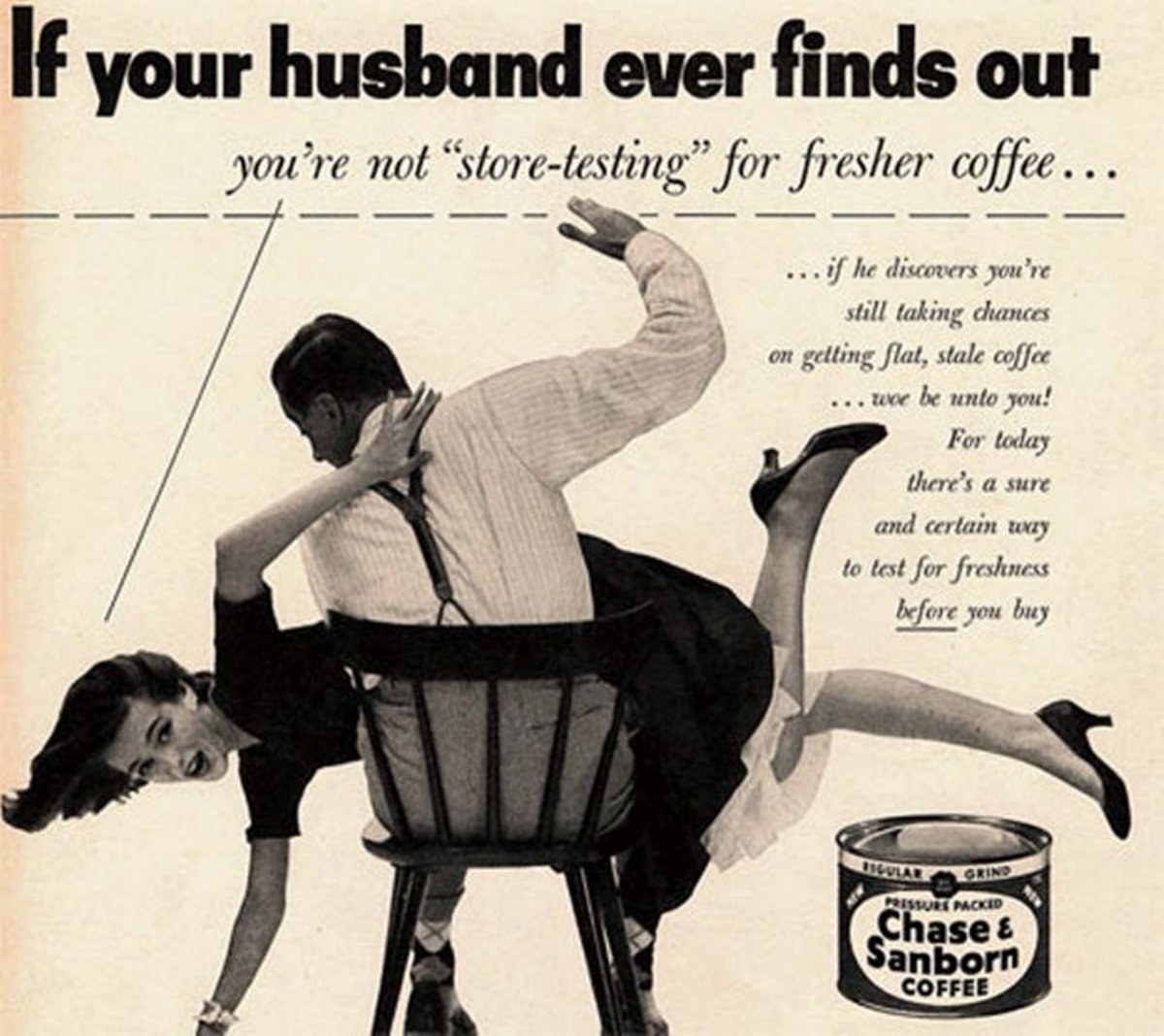
I like this one. Let's try it, with a little expansion. Follow #TenWaysToExpressFeelings to collect them all!
https://twitter.com/MichelleMMcGr/status/1592873383724998657
1. Depicting a character's feelings in fiction - be it grief, or anger, or happiness - can be a minefield of clichés. I mean, how often can you say: "She smiled", or "His eyes filled with tears"? #TenWaysToExpressFeelings
2. And although "show, don't tell" isn't always good advice, sometimes you do need to have one character assess another's feelings via what they observe. So, what do you do to make that observation feel authentic and fresh? #TenWaysToExpressFeelings
3. I think the way to start with this is to really think about the feeling you're trying to describe. Its nature. Its physicality. Its neurology. Remember, not everyone expresses - say, grief - in the same way, all the time. #TenWaysToExpressFeelings
4. Similarly, not everyone understands body language in the same way. Think of the character trying to understand the signals from the grieving one. Are they neurotypical? Also affected by grief? Or are they coming from a very different perspective? #TenWaysToExpressFeelings
5. It helps to understand how you might feel in the same situation. Or to talk to someone who can describe the way they felt to you. But everyone processes grief (or hate, or anger) differently, depending on their personality. #TenWaysToExpressFeelings
6. It might help to ask yourself how this character's normal behaviour has changed. Have they gone silent? Are they withdrawn? Or are they, on the contrary, putting on a slightly manic persona, to avoid dealing with the emotion? #TenWaysToExpressFeelings
7. Are they making eye contact? Physical contact? Looking away? Are they finding excuses to stay busy? Compulsively looking at their phone? Finding displacement activities, like housework or going to the gym? #TenWaysToExpressFeelings
8. Do they even know what they're feeling? Or is the character observing them in a position to understand them better than they do themselves? (Obviously this depends on their relationship, but my point stands.) #TenWaysToExpressFeelings
9. Does their mood affect others? How? Feelings are often catching. They can trigger reactions in others. How is this happening to your character? To the one observing them? How does it affect their interactions? #TenWaysToExpressFeelings
10. If you find yourself straying into cliché country, back out slowly and start again. Clichés are mostly a sign that you're looking for a shortcut. With human beings, there are no shortcuts. There's only the individual, and how well you understand them.#TenWaysToExpressFeelings
If you enjoy these occasional threads, you might want to check out my book, TEN THINGS ABOUT WRITING, which contains 100 more of them... amazon.co.uk/Ten-Things-Abo…
• • •
Missing some Tweet in this thread? You can try to
force a refresh












